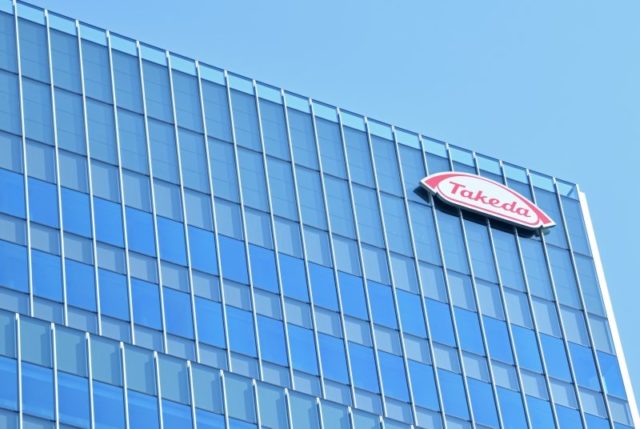
With real-world data in hand, the Institute for Clinical and Economic Review (ICER) is retooling its cost-effectiveness models for three rare disease drugs. And the new discounts it has in mind are steep.
The meds in question—Takeda’s Takhzyro and Cinryze, plus CSL Behring’s Haegarda—all carry FDA approvals for long-term prevention of hereditary angioedema (HAE) attacks. Using real-world evidence (RWE) garnered with the help of Aetion and the University of Washington, ICER found patients suffered fewer baseline HAE attacks in the real world than investigators noticed in clinical studies.
“[A]ll three therapies are far less cost-effective than earlier estimates and would require a price discount of at least 50% to reach common thresholds of cost-effectiveness,” ICER concluded after the new review.
Under its updated health-benefit price benchmark (HBPB) range, ICER says Takeda’s monoclonal antibody Takhzyro ought to cost between $218,900 to $219,800 a year, signaling a 53% markdown off the drug’s current U.S. list price. The drug costs around $461,611 a year before rebates and discounts, ICER says.
ICER’s prior model for Takhzyro back in 2018 placed a fair price range for the med at $537,200 to $540,100.
The Japanese pharma’s C1 inhibitor Cinryze, meanwhile, would need a whopping 75% discount off its list price to meet ICER’s new cost-effectiveness threshold of $139,800 to $140,600 per year. Back in 2018, working off clinical data and its own assumptions, ICER determined the drug should cost between $307,500 and $309,300 annually.
The drug carries a wholesale acquisition cost of $548,563 per year, ICER says.
In response to the report, Takeda raised concerns about the “lack of specificity concerning the individual HAE patient experience.” Because of that, in addition with “limitations” in the real-world analysis, the company said it disagrees with the latest review. Specifically, Takeda said ICER’s model lacks validated algorithms to measure the severity and frequency of attacks, so it has “limited generalizability” to the U.S. HAE population, a spokesperson said.
CSL’s Haegarda—another C1 inhibitor classmate—has a new benchmark price range of $247,700 to $248,800 per year. That would require CSL to knock down the drug’s U.S. price tag by 54%, ICER said. In 2018, the organization recommended Haegarda cost between $522,200 and $525,100 each year.
Haegarda costs $536,694 per year, according to ICER.
CSL didn’t reply to Fierce Pharma in time for publication.
Putting the new review into context, ICER’s SVP of health economics Jon Campbell, Ph.D., said in a statement the group’s “original economic models were highly sensitive to small changes in assumptions about the frequency of baseline attacks, the amount of on-demand treatment required, and the exact dosing regimens of prophylactic therapy,”
The drugs’ “atypically sensitive” cost-effectiveness models made them prime candidates to pick apart with additional real-world evidence, ICER’s Campbell said. To that end, ICER partnered with the University of Washington and RWE trailblazer Aetion.
Aetion, which counts former FDA commissioner and RWE advocate Scott Gottlieb among its board members, has been busy deploying its evidence platform against the COVID-19 pandemic over the past several months.
RELATED: Ultra-rare disease specialists top 2021’s pricey drugs list, but Takeda, Merck KGaA meds rank, too
So far, Aetion has tied up with outfits like Roche and HealthVerity, plus the FDA in a bid to demystify the pandemic with real-world data. That work earned Jeremy Rassen, Aetion’s co-founder, president and chief scientific officer, a spot on Fierce Pharma’s rankings of the 22 most influential people in the fight against COVID-19 last year.
The ICER project “demonstrates the value of transparent and reproducible RWE to inform important decisions that impact patient care,” Aetion CEO Carolyn Magill said in a statement.
In addition to new ICER pressure, Takeda’s Takhzyro and CSL’s Haegarda are already facing a pricing squeeze from BioCryst’s recent HAE challenger Oladeyo. Not only is the drug the first oral option for the disease, but BioCryst priced it lower than both its rivals’ meds, too. Orladeyo, approved in December, carries a list price of $485,000 per patient per year, which comes in lower than the price tags for Takeda and CSL’s drugs, Evercore ISI analyst Liisa Bayko wrote in a note to clients last year.






